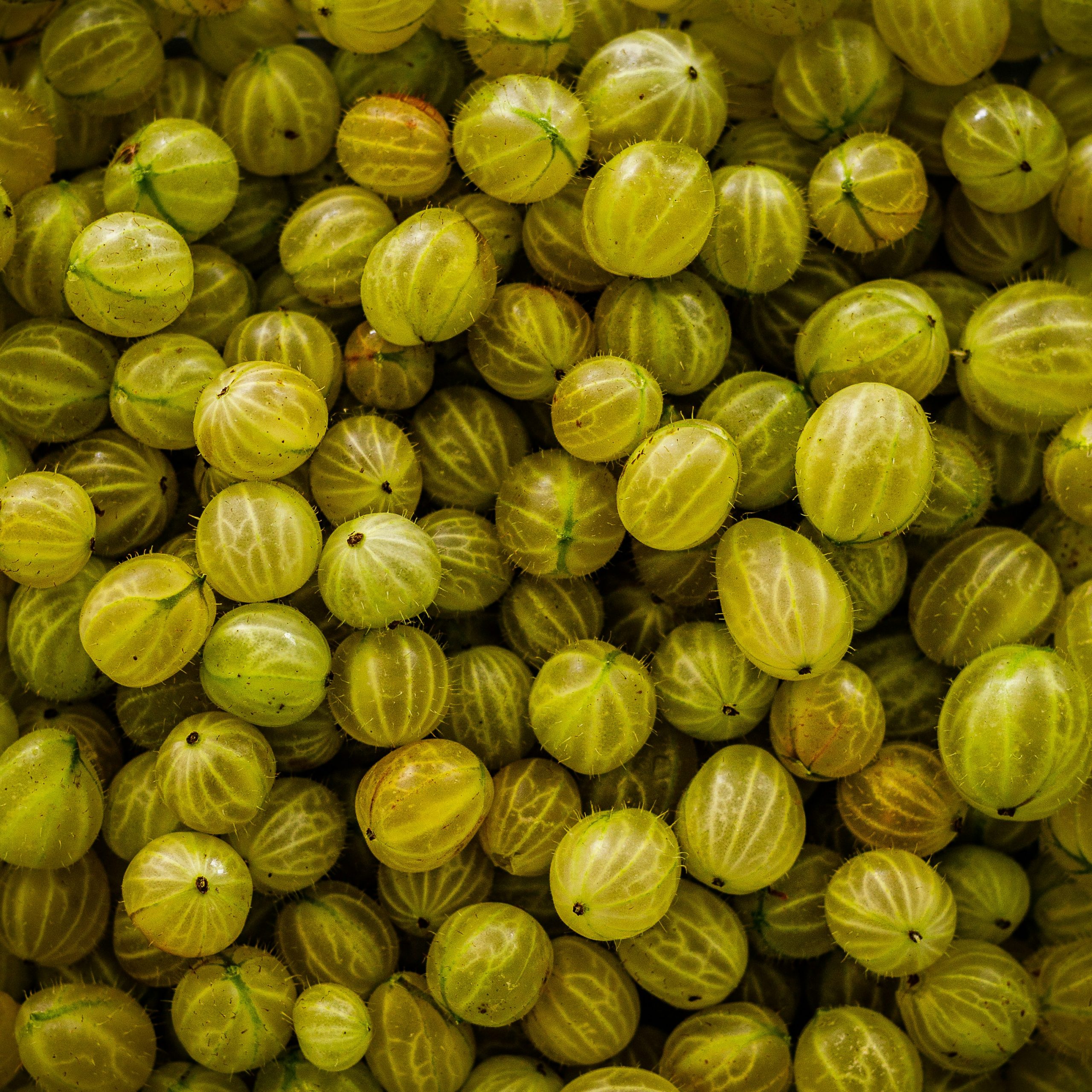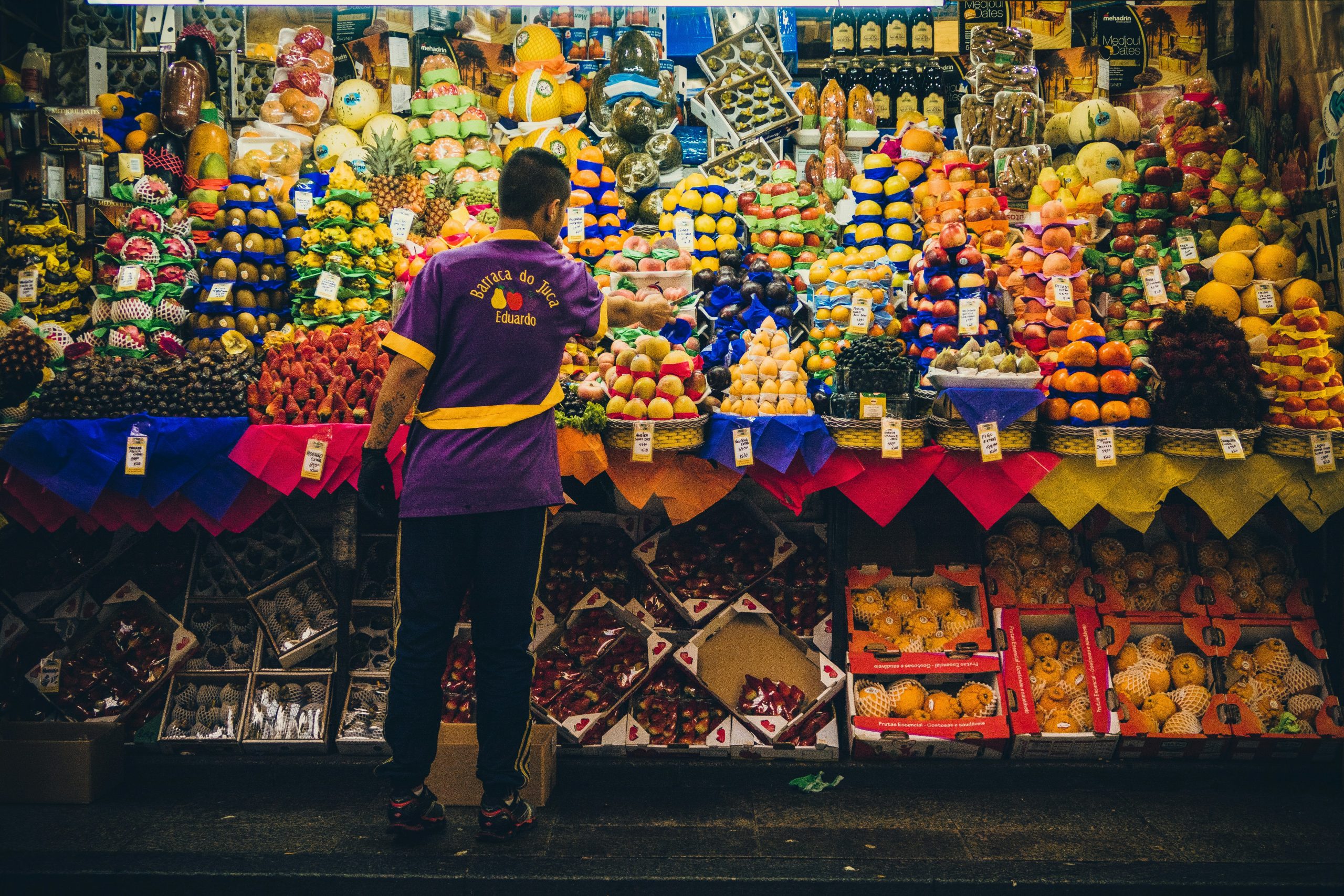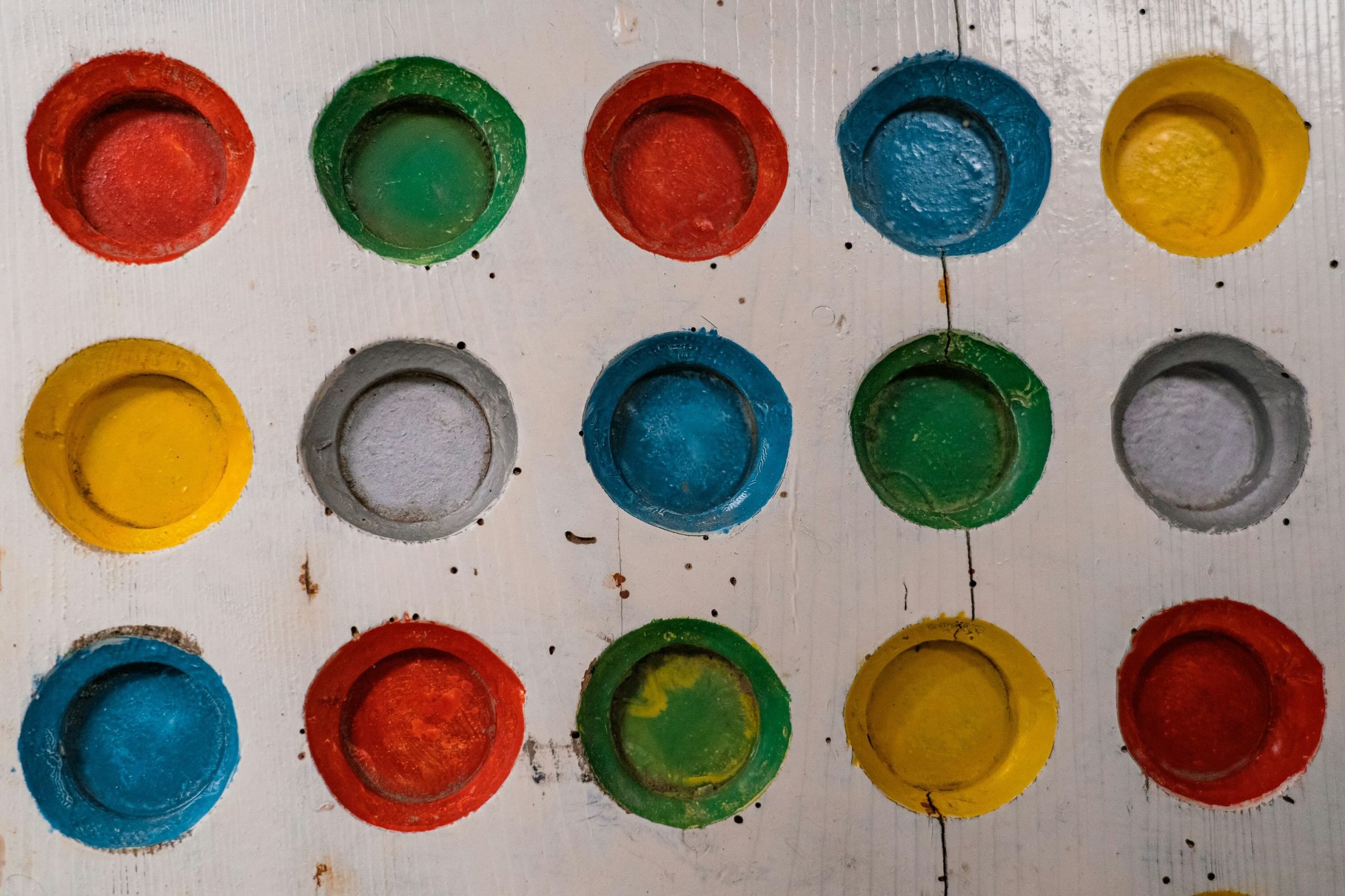What is a qvevri and how is it made?
What is a Qvevri and how is it made? Georgian wine is well known for the ancient heritage of making wine in qvevri pots. Simply put, qvevri are Georgian amphoras — made from local clay and used to vinify and store wine before consumption… The post What is a qvevri and how is it made? appeared first on Around the World in 80 Harvests.

What is a Qvevri and how is it made?
Georgian wine is well known for the ancient heritage of making wine in qvevri pots. Simply put, qvevri are Georgian amphoras — made from local clay and used to vinify and store wine before consumption or bottling.
The Georgians have been making wine in qvevri for 8,000 years, so it is nothing new. But there has been a recent revival in qvevri winemaking, not only in Georgia but also beyond. The qvevri-makers of Georgia are now sold out with pre-orders years in advance and shipping qvevri to other orange wine hotspots including Italy and Slovenia.
What makes a qvevri different to amphora?
One of the key attributes of qvevri winemaking compared to other wine amphoras is that qvevri are buried, or planted, in the soil. This gives them a very stable temperature, which is ideal for winemaking. In southern Georgia, where temperatures are warmer, the qvevri were always planted in the winery, looking for those cooler temperatures provided by the shelter of the winery. Whereas in eastern Georgia, where it is more humid and cooler, the qvevri were planted outside under trees. Climate change does mean that the practice is changing, now with almost all new qvevris being planted inside the winery.
What is the process of making a qvevri?

The clay being shaped and built into a qvevri
The process of making the qvevri is intense and a skilled. After sourcing the clay (always locally — but each qvevri-maker has their own favourite spot) and shaping the qvevri, the qvevris are then cooked in a kiln for a week at 1300°C! During the cooking, someone has to be by the fire, restocking the wood to fuel the fire for a constant heat 24 hours a day, for over a week. The qvevris will change colour several times during the cooking process in the kiln. The colour in combination with a special sound (apparently it sounds like singing!) is how they know the qvevris are ready.

Qvevris recently cooked in the kiln
Once the qvevri is fully cooled, the inside will be coated with beeswax on the inside, which acts as an antiseptic and to make the qvevri water-tight to avoid wine leaking or humidity coming in. On the outside it will be coated in limestone to protect it from earthquakes and act as a further layer of strength and barrier from the humidity of the earth it is planted in.

Qvevri being lined with beeswax inside, and grey limestone outside
The process of making qvevri is a UNESCO heritage, and there are less than a dozen qvevri-makers left in Georgia today.
How much does a qvevri cost?
A qvevri costs around USD $2,000 for a 2,000 litre vessel, which is actually rather good business when you consider that a well-made qvevri can be used for centuries. It does, however, require rather laborious care, including cleaning it out by literally going inside the qvevri after every vintage.
You also have to bear in mind that for every 2,000 litres of wine, you will actually need two 2,000-litre qvevris. The wine is aged on the skins for several months, but once you remove the skins it is only half full — hence two full qvevris with skins are later combined into one full qvevri of wine (without skins).
Read our full article about Georgian wine
See how a qvevri is sealed on our Instagram video:
The post What is a qvevri and how is it made? appeared first on Around the World in 80 Harvests.













